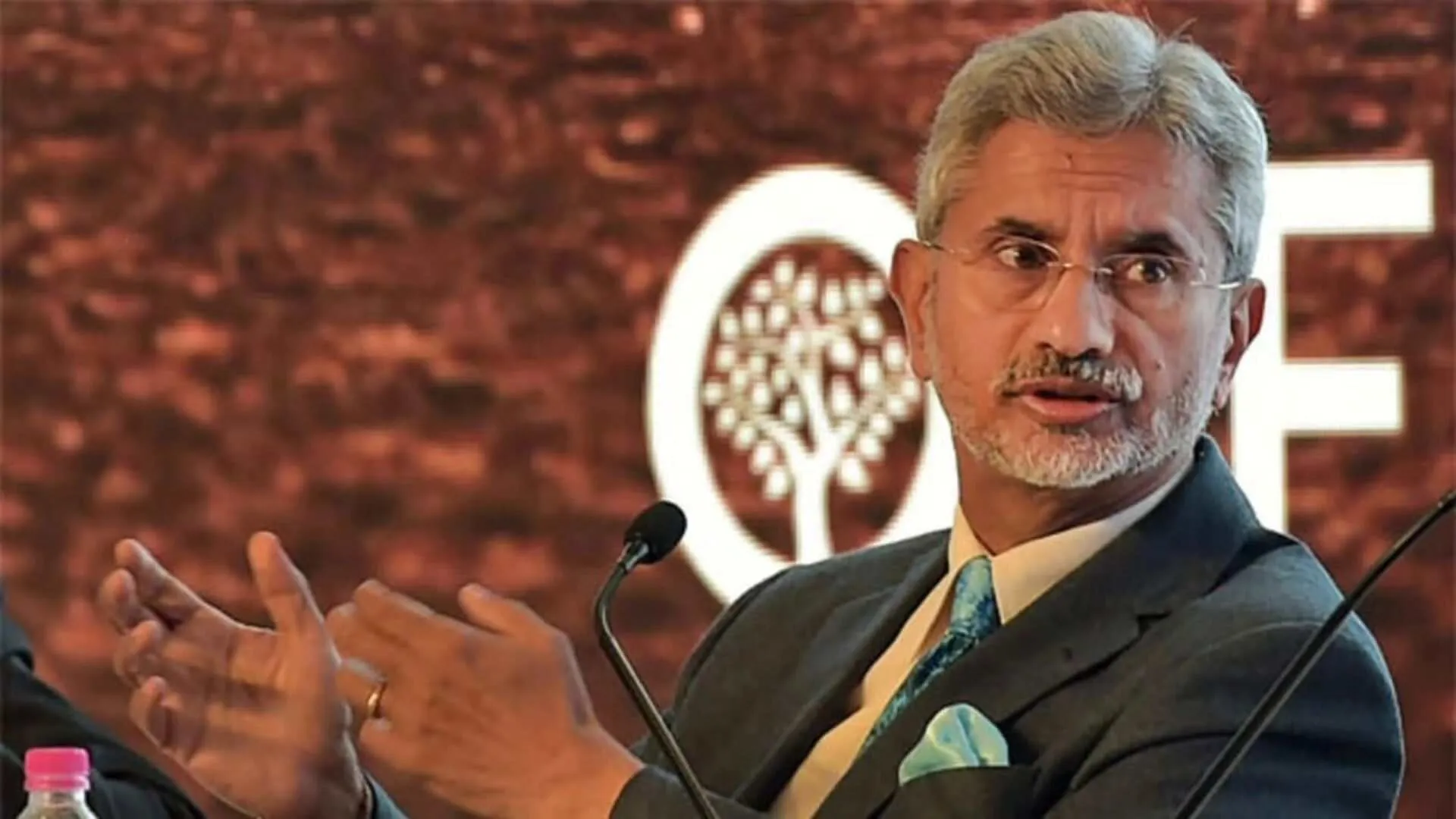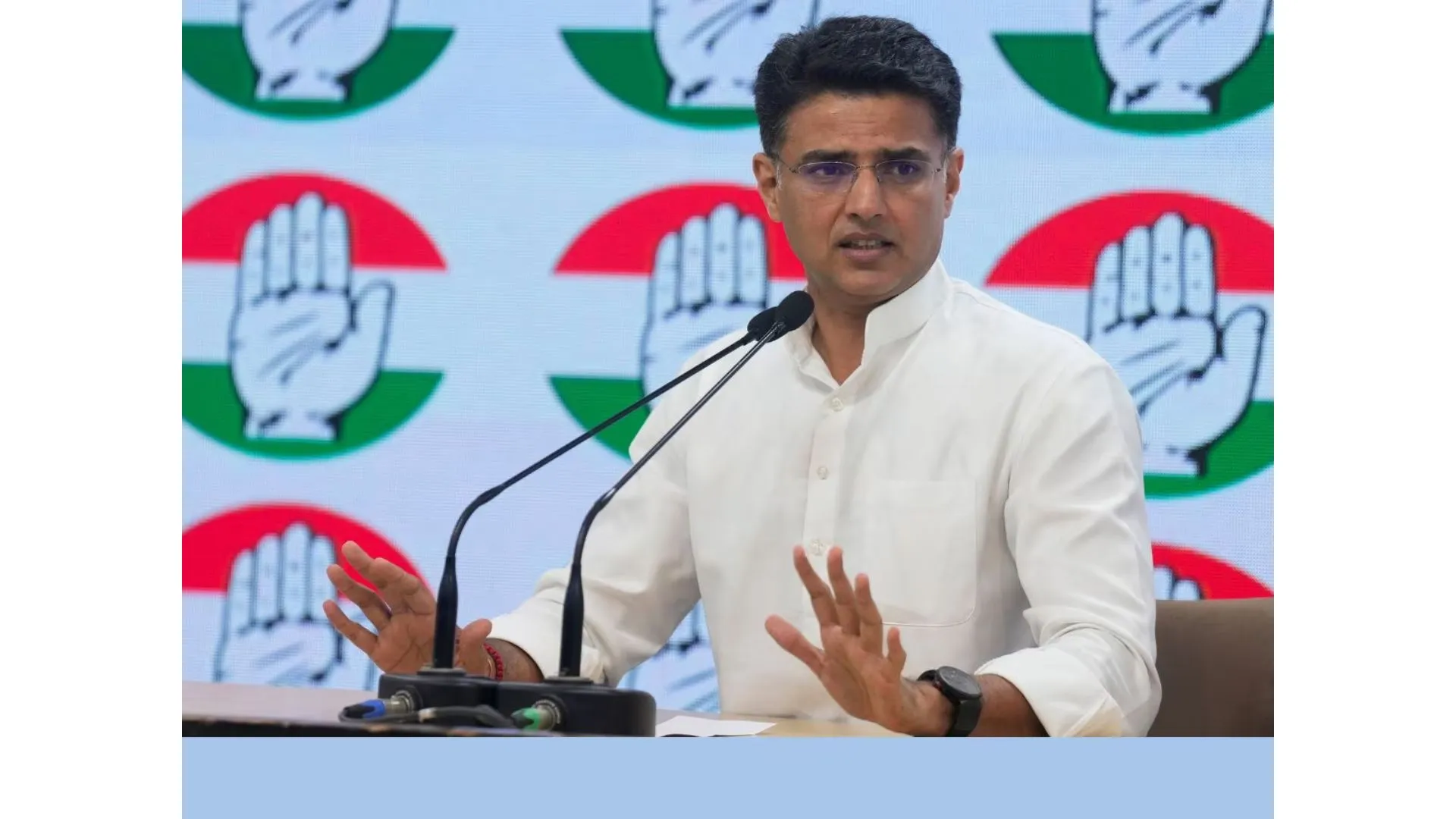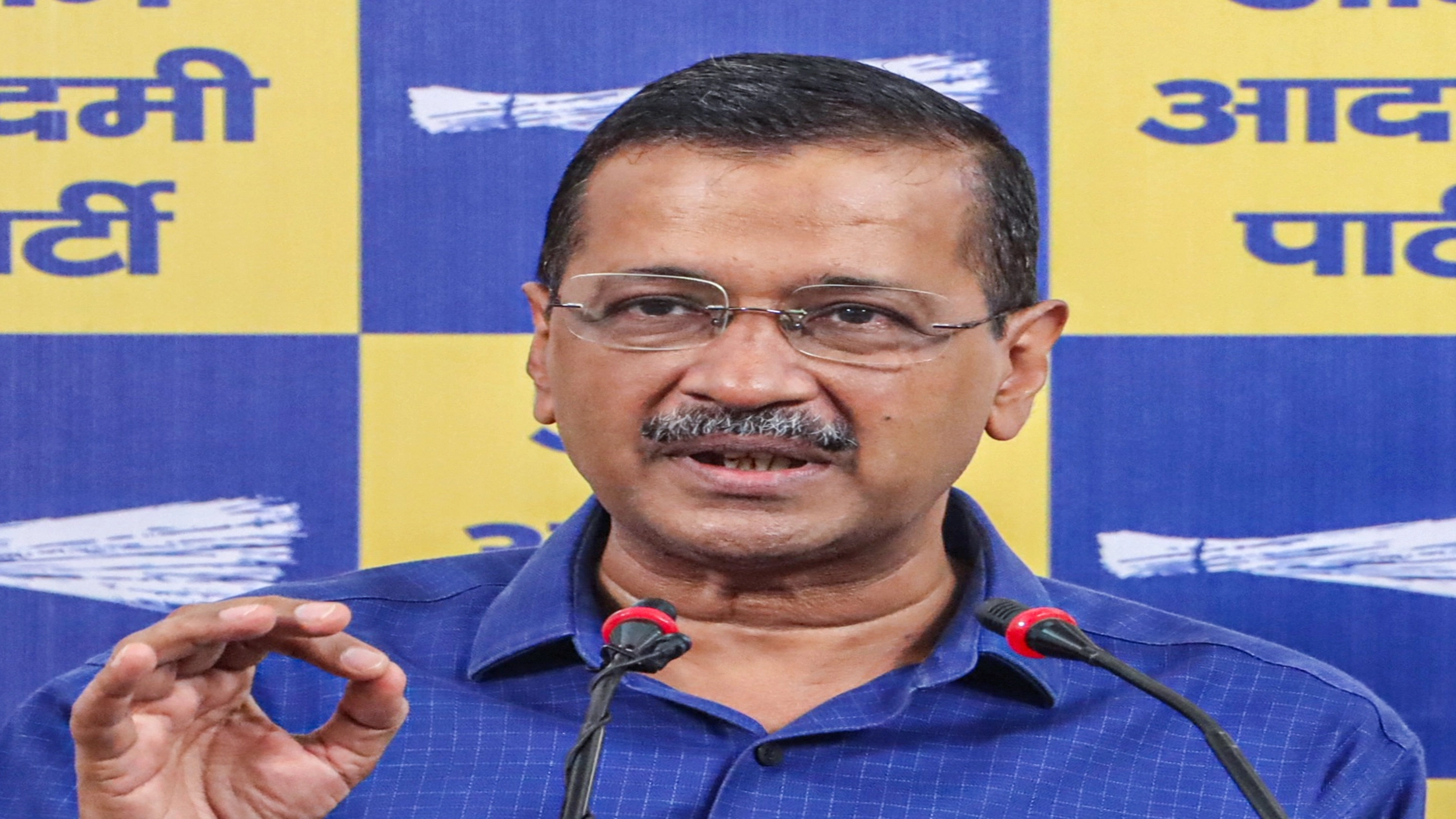India’s pioneering solar mission, Aditya-L1, is poised to achieve its destination at the L1 point on January 6, according to the Chairman of the Indian Space Research Organisation (ISRO), S Somanath.
Launched on September 2, the Aditya-L1 solar mission is set to undergo its conclusive manoeuvre to reach the intended L1 point, as affirmed by ISRO Chief S Somanath on Monday. This final manoeuvre marks a significant step in the mission’s journey, aiming to keep the spacecraft stationed at its designated location.
Throughout its mission, Aditya-L1 has completed four earth-bound manoeuvres and a Trans-Lagrangean Point 1 Insertion (TL1I) manoeuvre. The spacecraft’s journey has been meticulously planned to ensure the seamless execution of these critical steps.
Speaking on ISRO’s plans for 2024, Somanath mentioned a pipeline of 12-14 missions for the upcoming year. He emphasized the organization’s commitment to meeting these targets, contingent upon factors such as hardware production, testing completion, and overall operational efficiency.
Providing insights into the Gaganyaan mission, Somanath highlighted plans for at least two more abort missions, an unmanned mission, parachute drop tests, and extensive validation tests before the mission’s anticipated launch in 2025. He labelled 2024 as the year for Gaganyaan readiness, outlining various tests and preparations scheduled for the ambitious human spaceflight program.
Earlier in the day, ISRO achieved another milestone with the successful launch of the X-ray Polarimeter Satellite (XPoSat). Somanath commended the success of the mission, stating that the satellite had been precisely placed into its intended orbit of 650 km with a 6-degree inclination.
He explained that the PSLV-C58 vehicle, which carried the satellite, would reduce its orbit to a lower level. The upper stage, referred to as POEM, will then conduct experiments with nine onboard payloads, a process that will take some time.
Somanath highlighted the significance of the XPoSat mission, India’s first observation of black holes, emphasizing the goal of creating at least 100 scientists capable of contributing to global knowledge about black holes.
The achievements in 2023, including the successful soft landing of Chandrayaan-3 on the moon’s south pole and the launch of Aditya-L1, have bolstered India’s position in the global space arena. The country now looks ahead to ambitious goals, including the Gaganyaan Mission in 2024-2025, the establishment of the ‘Bharatiya Antariksha Station’ by 2035, and sending the first Indian to the Moon by 2040.






















